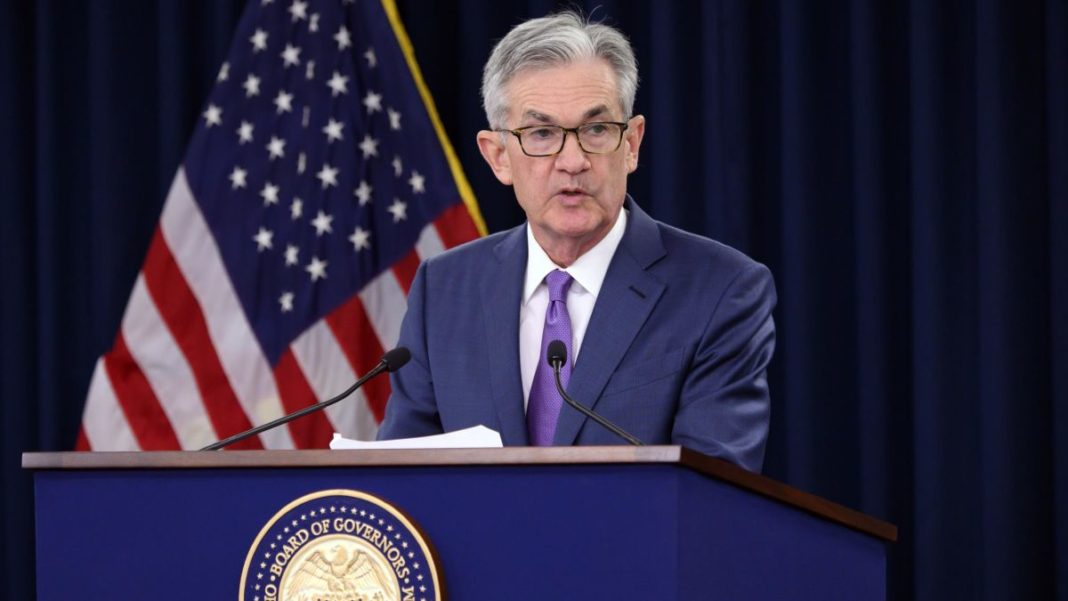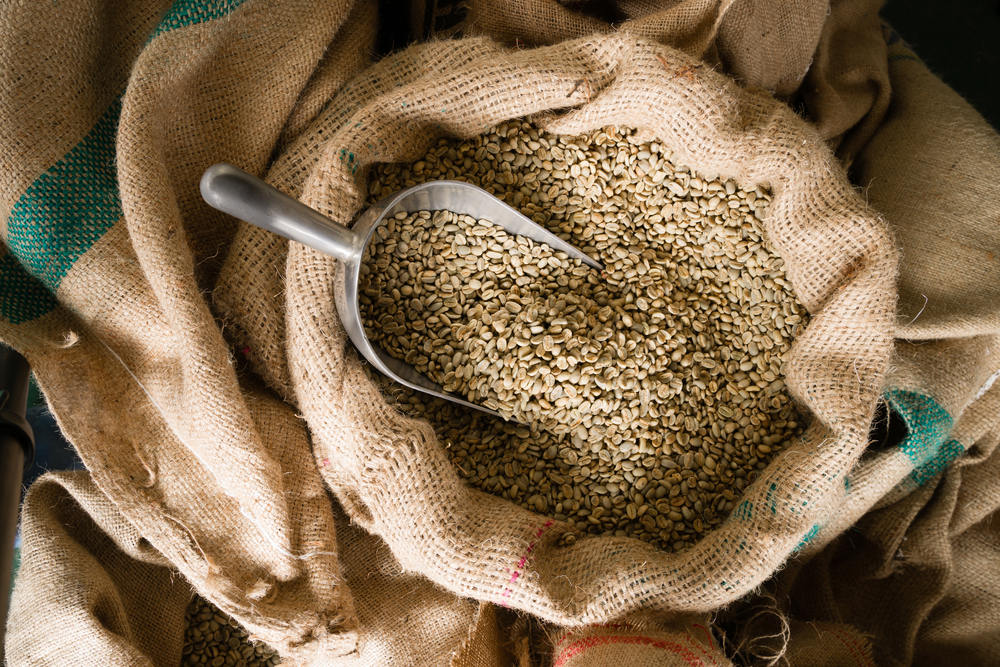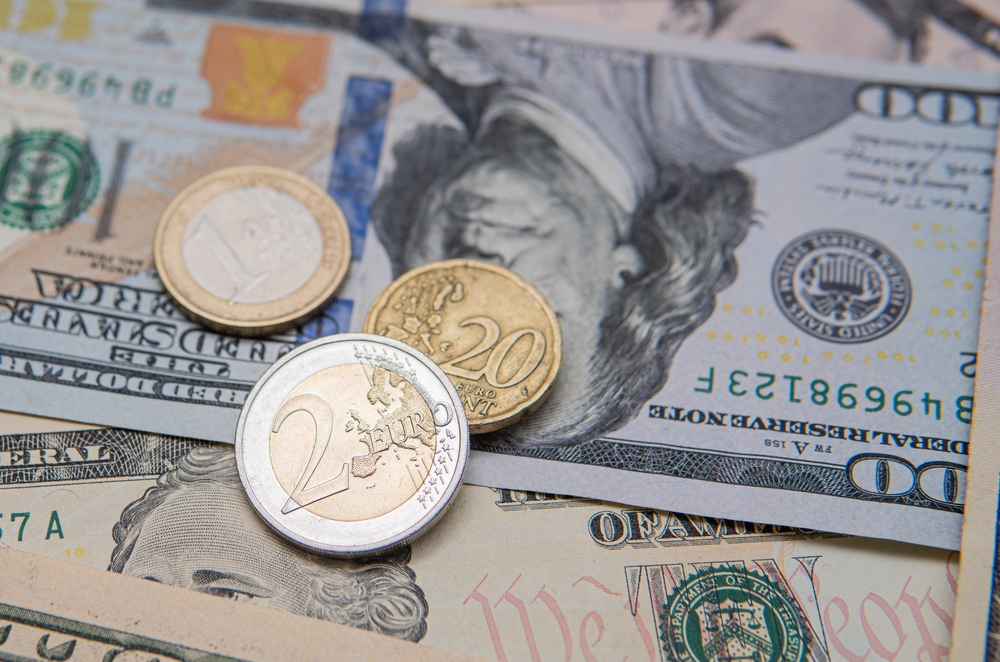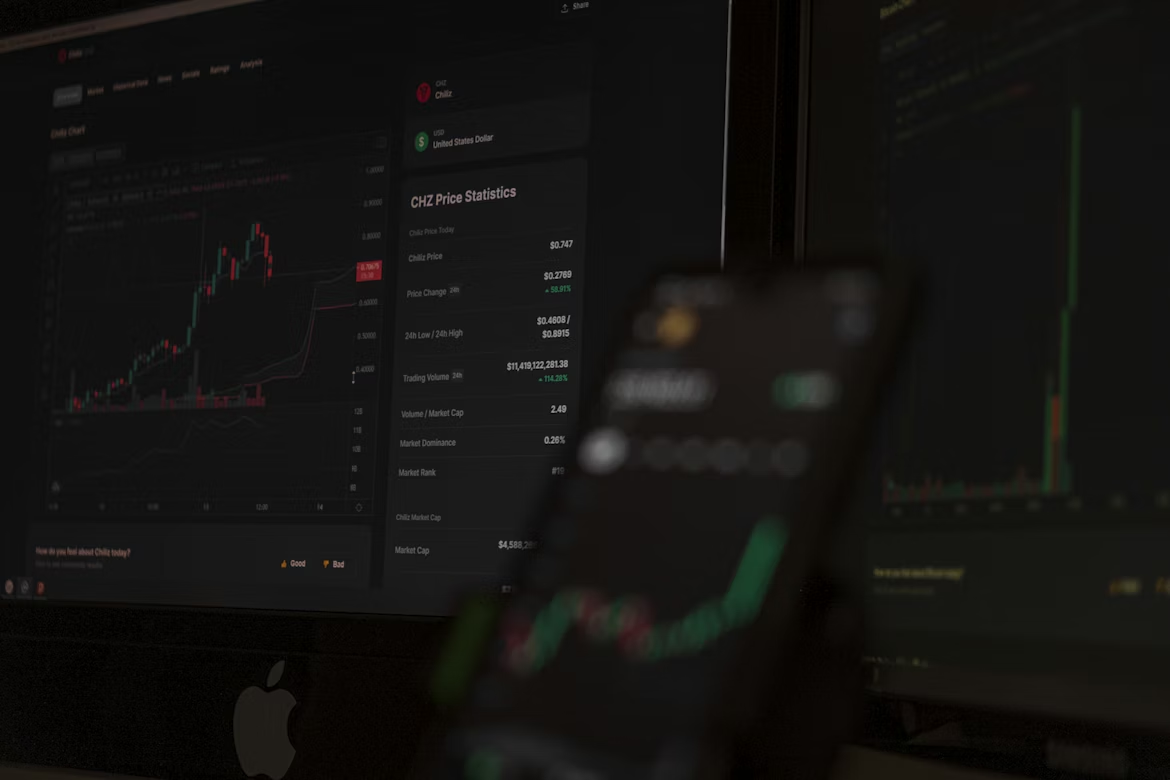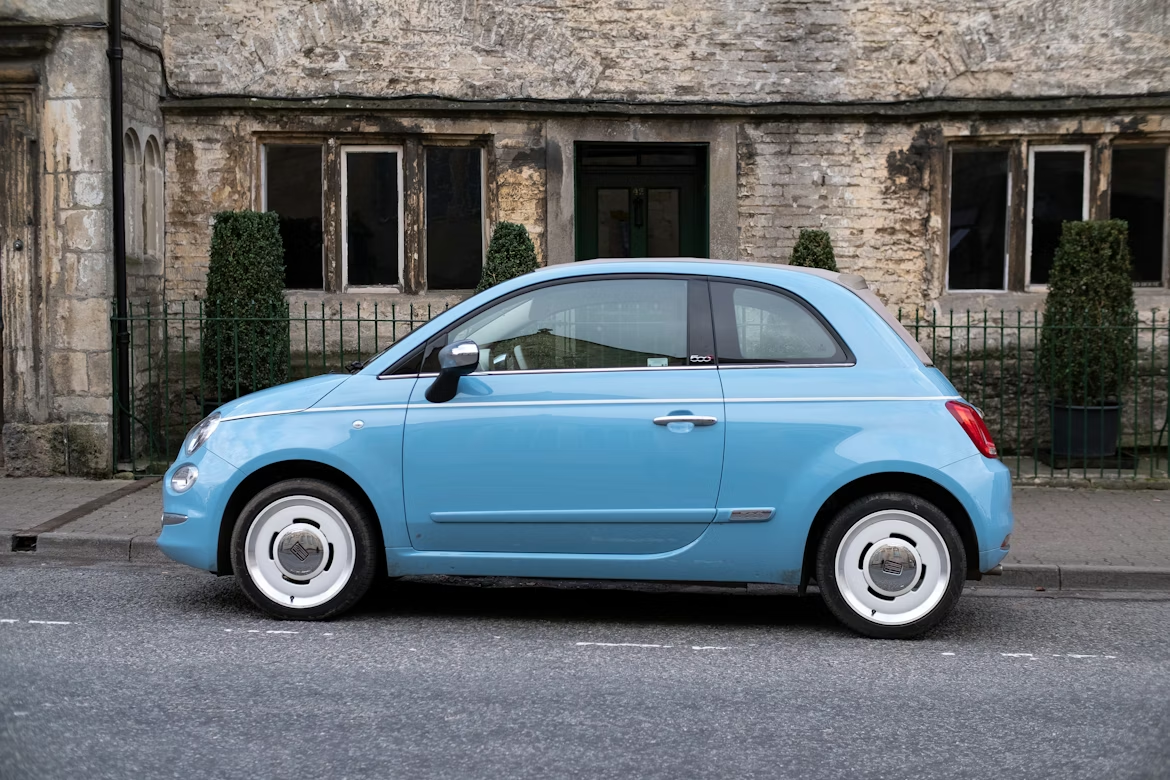In response to President Trump's tariffs, Chinese manufacturers are now seen promoting direct-to-consumer sales of luxury goods at dramatically discounted prices without brand logos while maintaining identical materials and craftsmanship. Short videos from Chinese suppliers reveal luxury brands mostly source their products from China, exemplified by a Birkin bag costing $1,400 to produce yet retailing for $34,000, with one supplier claiming "more than 90% of the price is for the logo." Chinese manufacturers are countering "Made in China" stereotypes by showcasing their production processes, exposing trade partners, and covering import duties to attract American consumers. This strategy brewed hotter after the escalating trade war, where the US has imposed tariffs up to 145%, with Chinese exporters reporting cases of vanishing orders and job cuts, prompting companies to find alternative markets or shift production abroad to relieve these anxieties from importers. LVMH, a conglomerate with the most extensive luxury brand portfolio, was hit hard because of it, down more than 6% today.
EQUITY
Apple shares contributed to the S&P 500 the most after climbing 2.2% since the White House exempted smartphones and computers from new tariffs, while automakers like Ford, General Motors, and Stellantis had also rallied on news that President Trump was looking to "help some of the car companies" as they needed time and capital to move production to the U.S. Almost all sectors posted gains on Monday, with real estate and utilities leading the advance ahead of Bank of America earnings, which recommend shorting the market.
GOLD
Gold prices are staying in a consolidative period after reaching a high of $3,245, rebounding off $3,200 with some investors eyeing $3,500 as the next plausible target even with a subdued volatility index. An even higher target could be seen if risk assets continue to show cracks and the dollar's safe-haven status continues being undermined, though treasury prices are starting to recover.
OIL
Crude oil steadied with Brent reaching around $65 per barrel and WTI rising to nearly $62, rising slightly on auto tariffs temporary exemption and strong Chinese crude imports, which increased nearly 5% year over year in March. The weakening U.S. dollar, which hit its lowest level since March 2022, and ongoing U.S.-Iran nuclear talks became the main factors in play. Oil-exporting emerging markets are feeling the pressure from recent price declines, limiting income for growth.
CURRENCY
The greenback is stabilising after falling to three-year lows, edging higher toward 100 as market sentiment improved following exemptions for key technology products. Currency markets have calmed after last week's turmoil that saw Treasury yields spike 70 bps in just 4 days while the dollar weakened afterward, conveying minimal confidence in US assets. Analysts suggest the policy confusion and erosion in investor confidence are encouraging a gradual rotation out of dollar assets, with some predicting continued pressure on the currency.

